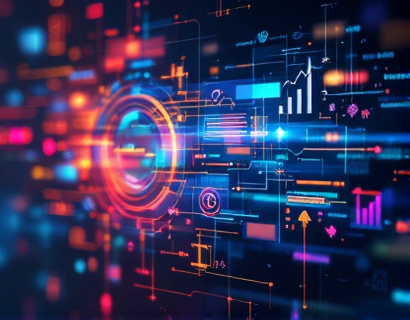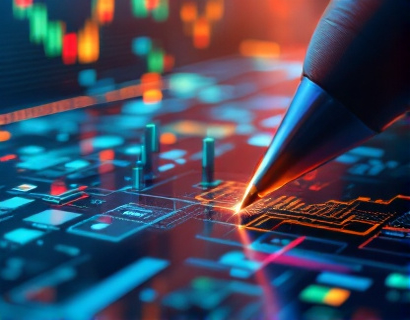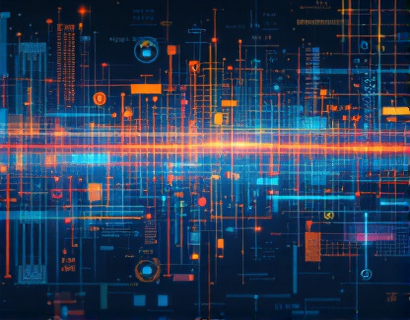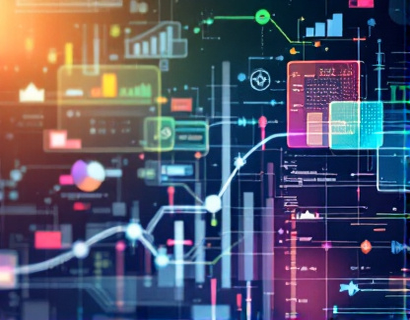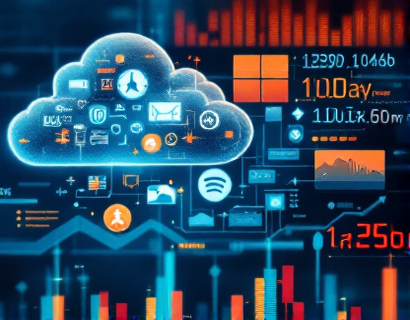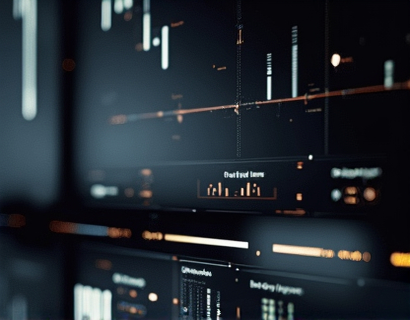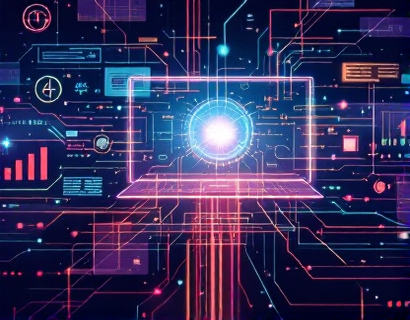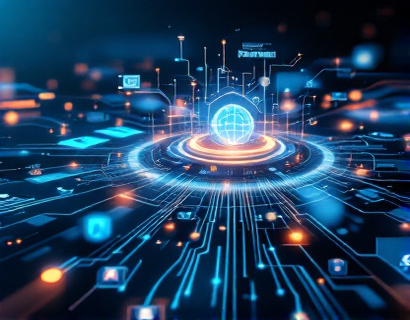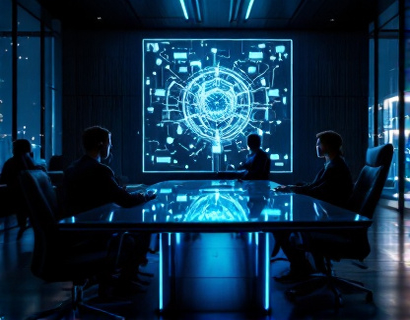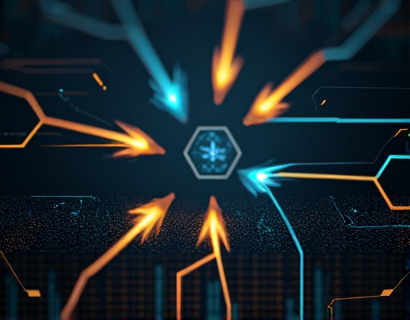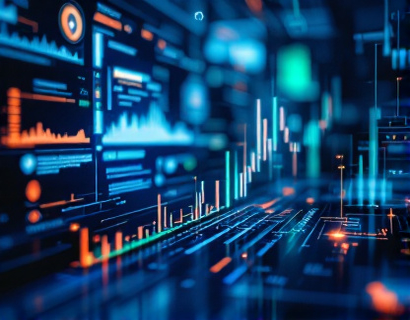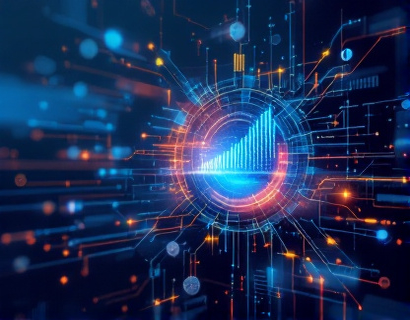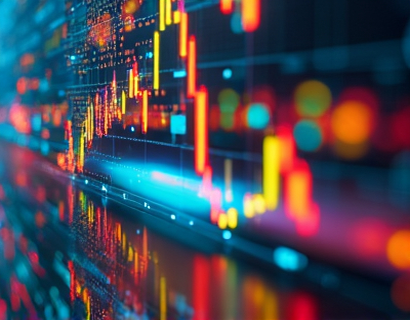Blockchain for Art: Revolutionizing the Preservation and Tracking of Historical Artifacts with Decentralized Solutions
In recent years, blockchain technology has emerged as a transformative force across various industries, and the art world is no exception. This decentralized ledger system offers a secure, transparent, and immutable way to track the authenticity and provenance of historical artifacts and artworks. By leveraging blockchain, the art sector can ensure secure ownership, foster trust among collectors, museums, and cultural institutions, and ultimately preserve our shared cultural heritage more effectively.
The traditional methods of verifying the authenticity and provenance of artworks are often cumbersome, prone to errors, and susceptible to fraud. This is where blockchain technology steps in, providing a robust solution to these challenges. By recording each transaction and ownership change on a blockchain, a permanent and tamper-proof record is created, accessible to all stakeholders involved. This not only enhances the reliability of the information but also streamlines the process of verifying an artwork's history and legitimacy.
One of the key benefits of using blockchain in the art world is the enhancement of trust. Collectors and institutions can have confidence in the authenticity of the artworks they purchase or hold, knowing that the information is verifiable and immutable. This trust is crucial for the art market, as it encourages more transactions and investments, thereby supporting the preservation and appreciation of art.
Blockchain technology also plays a vital role in the preservation of historical artifacts. By creating a decentralized and distributed ledger, the risk of data loss or manipulation is significantly reduced. Each artifact can be assigned a unique digital identity, linked to its physical counterpart, ensuring that its history and condition are accurately documented and maintained over time. This digital twin approach not only aids in conservation efforts but also allows for better management and tracking of artifacts across different locations and institutions.
The application of blockchain in art and cultural heritage is not limited to authentication and preservation. It also opens up new possibilities for provenance research and art history. Researchers and historians can access a comprehensive and reliable database of artworks, tracing their origins and movements through centuries. This level of detail and accuracy can lead to new discoveries and insights, enriching our understanding of art and its cultural significance.
For collectors, the benefits are equally significant. Owning a piece of art comes with a responsibility to ensure its authenticity and value is maintained over time. Blockchain provides a transparent and secure way to document and verify the ownership history of an artwork, reducing the risk of purchasing a forgery. This peace of mind is invaluable, as it protects both the collector's investment and the artwork's legacy.
Museums and cultural institutions stand to gain greatly from the integration of blockchain technology. These organizations often manage vast collections with complex provenance records. By implementing blockchain, they can streamline their inventory management, reduce administrative costs, and enhance the accuracy of their records. This technology also facilitates collaboration between institutions, as shared blockchain networks can provide a unified platform for tracking and managing artworks across different collections.
Moreover, blockchain can help address issues related to the illegal trade of cultural artifacts. By providing a transparent and traceable record of ownership, it becomes much harder for illicitly obtained items to enter the market. This not only protects cultural heritage but also supports legal and ethical practices within the art industry.
The adoption of blockchain in the art world is still in its early stages, but the potential is immense. Several initiatives and platforms are already exploring and implementing blockchain solutions for art and cultural heritage. These projects demonstrate the practical applications and benefits of the technology, paving the way for wider adoption and innovation.
One such initiative is the use of blockchain for creating digital certificates of authenticity. These certificates, stored on the blockchain, provide an indisputable proof of an artwork's origin and history. They can be easily verified by anyone with access to the blockchain, eliminating the need for physical documents and reducing the risk of forgery. This digital approach not only saves time and resources but also ensures that the information is always up-to-date and accessible.
Another innovative application is the creation of decentralized marketplaces for art. These platforms leverage blockchain to facilitate direct transactions between buyers and sellers, cutting out intermediaries and reducing transaction costs. Smart contracts can automate the process, ensuring that all terms of the sale are met before the transaction is finalized. This not only enhances efficiency but also builds trust among participants.
The use of non-fungible tokens (NFTs) is also gaining traction in the art world. NFTs are unique digital assets that represent ownership of a specific piece of art, whether physical or digital. They are stored on blockchain networks, providing a secure and transparent way to buy, sell, and trade art. This technology has opened up new avenues for artists to monetize their work and for collectors to acquire unique digital pieces.
However, the integration of blockchain in the art sector is not without challenges. One of the primary concerns is the scalability and environmental impact of blockchain networks. Many blockchain platforms, particularly those using proof-of-work consensus mechanisms, consume significant amounts of energy. This has led to the exploration of more sustainable alternatives, such as proof-of-stake models, which offer similar security with lower energy consumption.
Another challenge is the need for standardization and interoperability. As different blockchain platforms and systems are adopted, ensuring that they can work together seamlessly is crucial. Industry-wide standards and protocols will be essential to facilitate the exchange of information and assets across various blockchain networks.
Education and awareness are also key factors in the successful adoption of blockchain in the art world. Stakeholders need to understand the technology and its benefits to fully leverage its potential. Workshops, seminars, and collaborative projects can help bridge the knowledge gap and foster a community of practitioners who are committed to innovation and preservation.
In conclusion, blockchain technology is poised to revolutionize the way we preserve and track historical artifacts and artworks. By providing a secure, transparent, and decentralized solution, it addresses many of the challenges faced by the art sector today. From enhancing trust and authenticity to streamlining management and combating illegal trade, blockchain offers a comprehensive toolkit for the future of art and cultural heritage. As the technology continues to evolve and mature, its impact on the art world will only grow, ensuring that our cultural treasures are protected and appreciated for generations to come.




